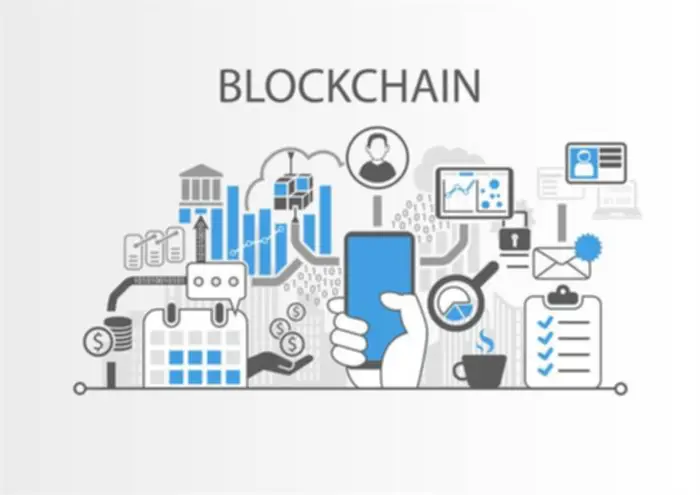The subsequent step within the pipeline is steady supply (CD), which puts the validated code modifications made in continuous integration into select environments or code repositories, corresponding to GitHub. CI/CD creates a faster, extra exact means of mixing the work of different people into 1 cohesive product. In DevOps environments, CI/CD streamlines application mobile application tutorial coding, testing and deployment processes.
It is open source and it’ll assist to handle all forms of work and design a simple Ci server to finish the CD hub. If the construct completes successfully and passes initial check scans, it moves to the CI/CD testing phase.
These CI/CD best practices might help organizations derive even more value from them. A construct that successfully passes testing could be initially deployed to a staging or take a look at server; this is sometimes known as a test deployment or preproduction deployment. A script copies a build artifact from the repo to a desired take a look at server, then sets up dependencies and paths.
How Do Ci/cd Pipelines Relate To Devops?
The steady integration/continuous delivery (CI/CD) pipeline is an automatic DevOps workflow that streamlines the software supply course of. Once on a test server, the build could be configured to simulate a manufacturing setting; for example, access to check databases and other applications could be enabled for „real-world“ functional and efficiency evaluations. Much of this depends on automation but would possibly contain human testing to shake down nuances of the construct. This is sometimes referred to as an alpha or development release and includes only a small base of well-informed testers and customers. Creating your first CI/CD pipeline is a significant step toward automating software program delivery. Groups can build dependable foundations for continuous integration and continuous supply by doing this.
This testing gradually expands to bigger person teams until all customers are on the model new build. At that point, the earlier build is retired and its computing resources freed for different applications. Although every technique presents slight differences, the frequent emphasis on continuous iteration has changed the character and power of software program growth.

The CI process encourages frequent code integration and offers quick feedback on whether or not the changes lead to a deployable software version. The first part builds and checks the new software version and will let a developer know within 5 minutes if their changes have caused a problem. Longer-running checks are deferred to a later phase, but nonetheless precede any handbook steps to make sure folks don’t waste time on a foul software program version.

Benefits Of Ci/cd Pipelines For Kubernetes

SCM methods like Git provide a centralized approach to monitor changes, handle completely different variations of code, and facilitate collaboration amongst team members. When developers work on new options or bug fixes, they create branches from the primary codebase, make their changes, and then merge them by way of merge requests. This branching strategy allows multiple developers to work concurrently without interfering with one another’s code, while maintaining a secure main branch that all the time accommodates production-ready code. In the previous, security was „tacked on“ to software program on the finish of the event cycle. The advancement of cloud platforms, microservices and containers created a bottleneck to the traditional improvement approach.
- The platform’s Kubernetes integration enables groups to manage container orchestration across a quantity of cloud suppliers, whereas the cloud native GitLab set up choices enable the platform itself to run in cloud environments.
- CI/CD pipelines are dynamic entities that require frequent refinement and common developer training to function efficiently and reliably.
- Security scanning at the check level (DAST and IAST tools) requires the software program to be built and running, which means errors are caught later within the pipeline where bug fixes are extra time-consuming and dear.
Prolonged testing cycles and extensive pre-release planning are hallmarks of traditional software development. This is completed to attenuate https://www.globalcloudteam.com/ threat however often hinders the ability to find and fix issues. Risk is managed in CI/CD by making use of small, incremental changes which are carefully monitored and simply reverted. A common problem in CI/CD pipelines is builders ready for his or her adjustments to be reviewed. If code critiques take a very long time, developers naturally start increasing the amount of work they do before they request a evaluate. By committing code incessantly, teams keep a consistent growth rhythm, minimizing the disruption caused by giant, infrequent updates.
Repos present a complete model management system, which ensures developers work on the newest codebase and combine the newest parts within the build process. The first part in a CI/CD pipeline is the creation of source code, the place developers translate software program necessities into functional algorithms, behaviors and options. The tools employed for this rely upon whether the development staff is working in Java, .NET, C#, PHP or numerous other development languages. Different source code and pipeline support tools, including code repositories and version management techniques corresponding to Git, sometimes form the foundation for constructing and testing phases. Continuous integration (CI) refers to the apply of routinely and incessantly integrating code modifications into a shared source code repository.
What’s A Ci/cd Pipeline From Manual Chaos To Automated Deployments
The build process attracts source code from a repository; establishes hyperlinks to relevant libraries, modules and dependencies; and compiles, or builds, all these components into an executable (EXE) file or another suitable construct. Tools used in this stage additionally generate logs of the method, denote errors to analyze and proper, and notify developers that the construct is accomplished. The common theme through these three continuous paradigms is a heavy reliance on automation and testing to drive the pipeline workflow. Ideally, a developer wants only „press the button“ to whisk a brand new build from the code repository through testing and on to supply and even deployment. This tantalizing proposition is determined by ci cd monitoring the quality of the testing, the integrity of the automation behind it, and the cautious attention of testers and software engineers. Every time a developer pulls code from a code repository, it creates a department that represents a unique model of the present codebase.
When we discuss a CI/CD pipeline, we’re referring to the process that takes code out of your improvement surroundings via numerous steps like testing and staging, in the end delivering it into your users’ arms. Red Hat OpenShift Pipelines is designed to run each step of the CI/CD pipeline in its own container, allowing each step to scale independently to meet the calls for of the pipeline. This means admins and developers can create pipeline blueprints for functions which are based on their organization’s distinctive enterprise and security necessities. Some instruments particularly deal with the mixing (CI) side, some handle improvement and deployment (CD), while others focus on continuous testing or related features. When setting up a Continuous Deployment (CD) pipeline, it’s typically simpler to make use of specialized, best-in-class tools rather than counting on all-in-one options.
With its widespread YAML-based language and desired-state approach, you should use the identical automation content material for everyday operations as properly as your CI/CD pipeline. And as a outcome of it works with almost all elements of your IT infrastructure, you can more easily and shortly deploy consistent growth, test, and production environments, increasing the reliability and resiliency of your applications. Automated checks and testing within a CI/CD pipeline can safeguard code and forestall vulnerabilities in software program supply. Incorporating safety into a pipeline helps to protect code from attack, stop data leaks, adjust to insurance policies, and guarantee high quality assurance. Figuring Out and mitigating vulnerabilities throughout the event cycle assures that code changes are totally tested and adhere to security requirements earlier than they’re deployed to manufacturing. CI/CD pipelines have advantages for software organizations that use digital machines in addition to container-based cloud-native purposes.
